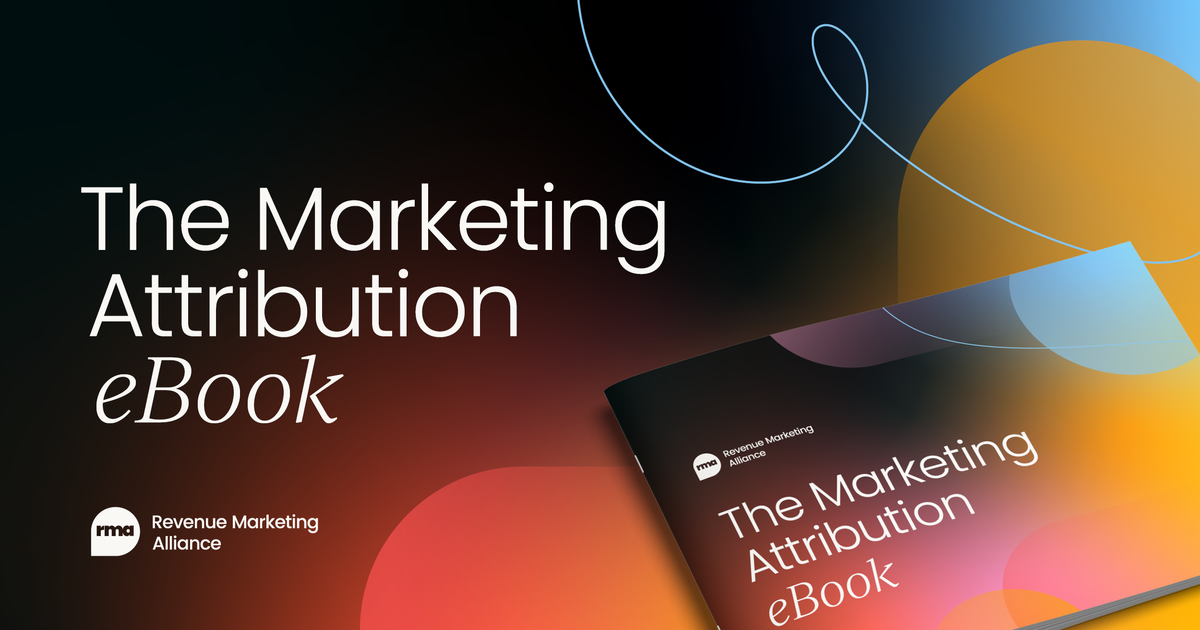When it comes to B2B marketing, everyone’s asking the same question: What’s working, and what’s a waste of time?
The 2024 LinkedIn B2B Marketing Benchmark Report provides some answers. It’s packed with insights into what’s actually driving results for marketers, from social media and video to the growing role of AI.
But knowing what’s working isn’t enough—you need to know how to use these findings to improve your own strategy.
Here’s a clear, no-fluff breakdown of the key takeaways from the report, with ideas for how you can apply them to your marketing strategy.
What’s working in B2B marketing
1. Social media is the top channel for B2B
It’s official: social media is B2B marketing’s MVP. According to the report:
- 75% of marketers listed social media as their most-used marketing channel.
- It’s also the top-performing channel for driving results, with 36% ranking it above email, webinars, and events.
Why does social media work so well for B2B? Buyers trust people over brands, and platforms like LinkedIn allow companies to connect through real conversations and meaningful content.
Buyers go to social media to learn, engage with thought leaders, and discover solutions. Unlike email or ads, social media creates two-way conversations.
Instead of shouting into the void with ads or generic email blasts, social media enables you to build relationships and provide value.
If your team isn’t active on LinkedIn, you’re likely missing opportunities to influence decision-makers early in their buying journey.
2. Video content delivers results
Video isn’t just for consumer brands or flashy product launches. For B2B companies, it’s becoming a go-to format:
- 55% of marketers said short-form videos provide the highest ROI of any content type.
- 66% plan to increase their investment in video next year.
Video works because it’s engaging, easy to consume, and helps explain complex topics quickly. It also builds trust. Seeing a human face or hearing a voice can make your message feel more relatable, whether it’s a product demo or a thought leadership clip.
For example, a quick demo or a founder sharing insights on industry trends can make a bigger impact than a static blog post.
3. AI is becoming a must-have tool
Artificial intelligence is no longer optional for marketers. The report shows:
- 67% of marketers are already using generative AI (GAI) for tasks like content creation and analytics.
- 35% said adopting AI is a top priority for them in 2024.
AI is helping marketers work faster and smarter, whether it’s writing social media posts, analyzing performance data, or personalizing campaigns. But it’s not without challenges:
- 43% of marketers said a lack of AI skills is holding them back.
- Concerns about data privacy and maintaining a human touch are also common.
If you’re just starting with AI, focus on small, specific tasks before trying to create a custom GPT.
4. Brand building is back on the radar
Many marketing leaders are shifting focus from short-term performance metrics to long-term brand growth. The report found:
- 67% of marketers are increasing their investment in brand-building efforts.
- 88% of CMOs are pushing for bolder, more creative campaigns to differentiate their brands.
This doesn’t mean abandoning lead generation. It’s about making sure your brand stands out so buyers think of you when they’re ready to purchase.
How to apply these insights
Now that we’ve covered the main findings, here’s how you can put them into action.
1. Use social selling to build trust
If social media is the top-performing channel, it’s time to focus on social selling—empowering your team to use their personal accounts to engage with buyers.
Why it works: Buyers trust people more than brand accounts. A thoughtful LinkedIn post or comment from your team can do more to build trust than any corporate ad.
How to get started:
- Make it easy: Provide clear prompts or guidelines for content creation, and make sure there’s a process in place for team members to share their posts.
- Train your team: Help them create content that offers value—whether it’s sharing personal experiences, industry news, or lessons learned.
- Use tools to simplify: Use tools like Taplio, SocialKit, Letterdrop, and AuthoredUp to help coordinate team efforts, brainstorm content ideas, and create engaging posts.
- Encourage interaction: It’s not just about posting—replying to comments and engaging with prospects’ posts builds relationships.
2. Make video a core part of your strategy
The stats don’t lie—video content works. But many B2B teams avoid it because they think it’s too complex or expensive.
Start small:
- Record short clips of your founder or team sharing industry insights. No fancy editing required—authenticity beats perfection.
- Use tools like Loom to create quick product demos or tutorials.
- Keep videos short and focused. A 90-second clip on LinkedIn can be more impactful than a 10-minute deep dive.
- Cut insightful clips from webinars and use them in posts.
Pro Tip: Add captions. Many viewers watch without sound, and captions make your videos accessible to a broader audience.
3. Make AI your assistant, not a replacement
AI can be a game-changer, but it works best when it complements your team’s creativity.
Here’s how to use AI wisely:
- Idea generation: Let AI help you find content and marketing ideas by giving it detailed prompts.
- Content creation: Give AI a voice note with all your thoughts and have it turn them into first drafts of social posts, articles, ads, or email campaigns.
- Streamline workflows: Use AI for repetitive tasks like summarizing reports or analyzing data.

4. Balance performance marketing with brand building
Brand campaigns may not deliver immediate results, but they build long-term trust and loyalty.
Ideas for brand-building campaigns:
- Share customer success stories to show how your product solves real problems.
- Highlight your team’s expertise with thought leadership posts.
- Show your human side. A behind-the-scenes look at your company’s culture or mission can make your brand more relatable.
Challenges ahead
The report doesn’t just highlight what’s working; it also sheds light on where marketers are struggling.
1. Proving ROI
Measuring the impact of campaigns is still a challenge for many marketers. While tools and data are improving, 40% of respondents said proving ROI is a pain point.
2. Bridging the skills gap
As marketing becomes more technical, the skills gap is widening. Many teams struggle to balance creativity with data analysis, AI implementation, and cross-department collaboration.
Solution: Invest in training. Equip your team with the skills they need to succeed, whether it’s storytelling, data interpretation, or using AI tools effectively.
Conclusion
The LinkedIn 2024 B2B Marketing Benchmark Report paints a clear picture of where the industry is heading:
- Social media and video are essential for engaging buyers.
- AI is changing how marketers work, but it needs to be implemented thoughtfully.
- Brand building and personalization are more important than ever.
As marketers, our job is to stay ahead of these trends while staying grounded in what buyers want: useful, human connections. Ultimately, it’s about showing up with content and strategies that genuinely serve your audience.
Let’s make 2025 the year we do B2B marketing differently—better, smarter, and more human.
If you haven't already, get your free copy of the Marketing Attribution ebook to benefit from real-world data and expert insights that'll help you better attribute, optimize, and scale your marketing.




 Follow us on LinkedIn
Follow us on LinkedIn




